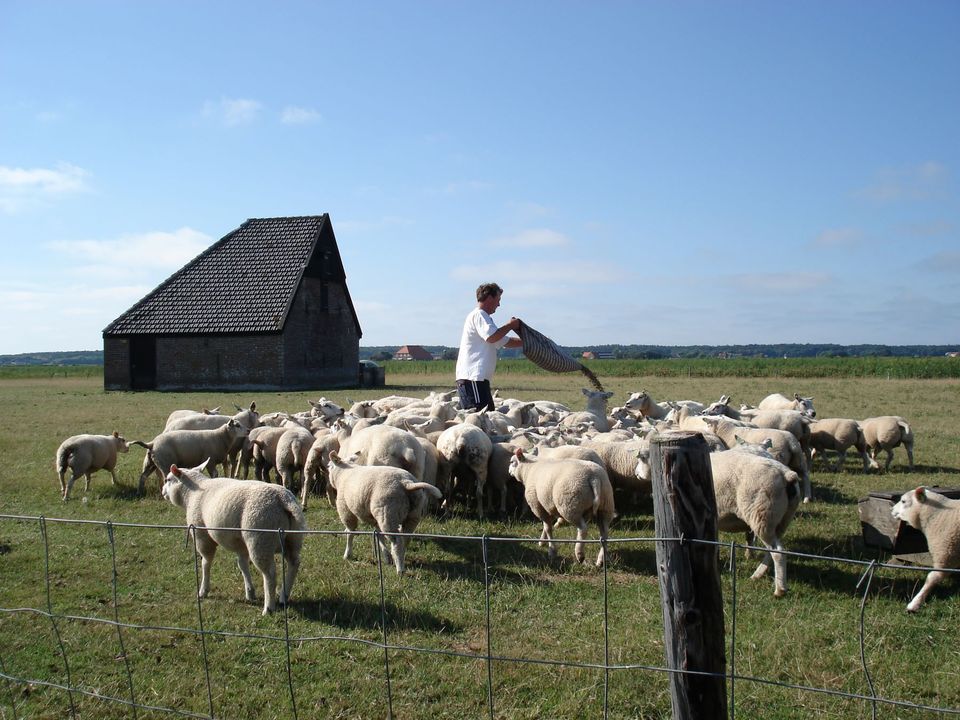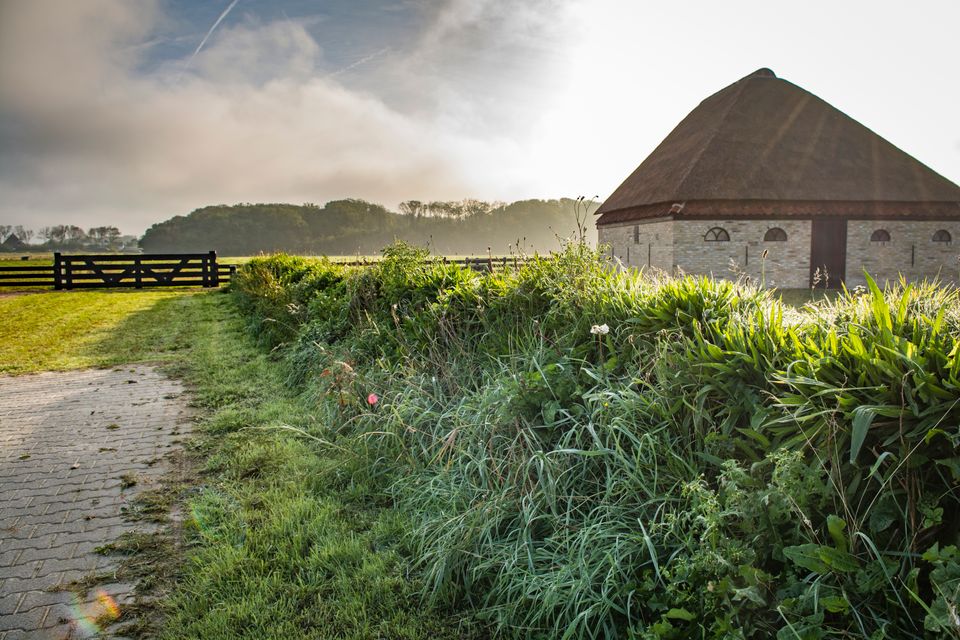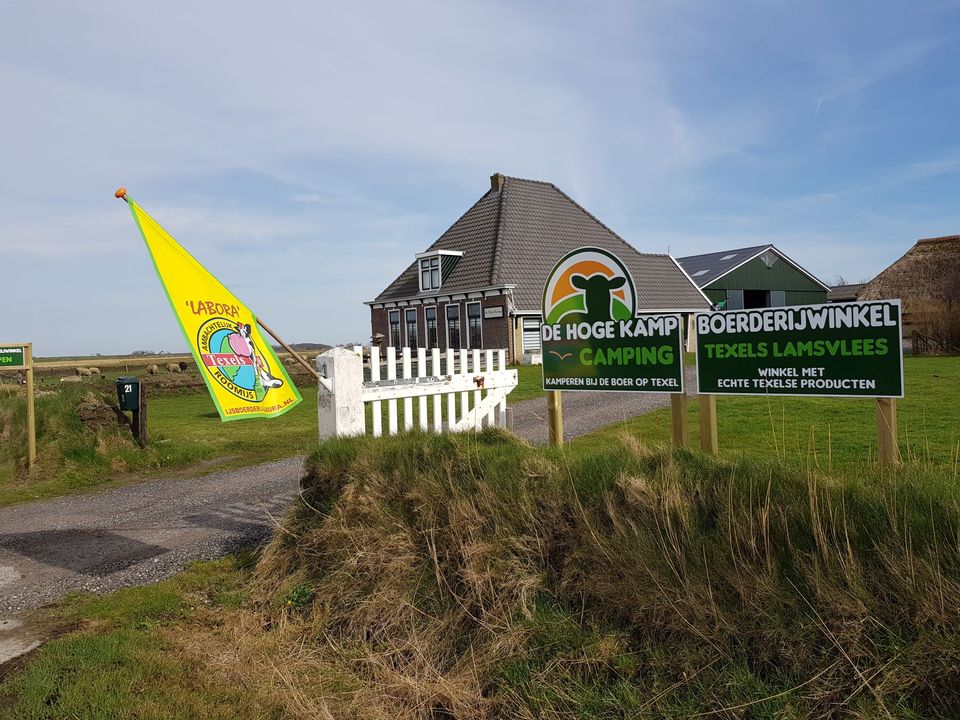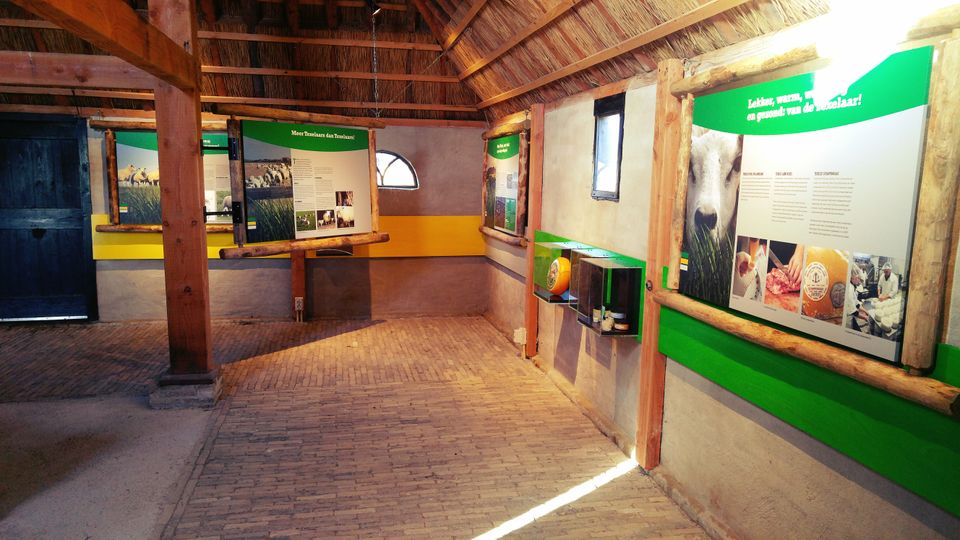Lamb and goat’s cheese
There’s no healthier diet for the lambs than the Texel grasslands. The herb-rich land is packed with nutrition and provides them with all the goodness they need. So absolutely no antibiotics. Just lots of frolicking and resting in the shade of the tuunwallen: the characteristic stacked sod walls between grassland and arable land. The farmers from the agricultural nature organisation De Lieuw take pride in preserving this landscape.
The Texel lambs grow up with their mothers out in the fields and remain there for at least 100 days. This makes lamb a truly seasonal product, arriving at the farm shops and butcher shops slightly later than you might expect. More and more farms, such as Boerderij Hoogvliet, De Lindehoeve and De Hoge Kamp are now selling their meat door to door. But you can also keep an eye out for the signs outside many of the farms.
Not a meat eater? How about trying some Texel cheese? Cheese from the Wezenspyk or De Waddel for example.
These cheesemakers produce cheese with sheep’s milk from Texelaars. This breed’s milk is rich in fat and protein. This, together with the production and the maturation process gives this cheese its characteristic flavour.
Interested in the history of sheep farming on Texel? Visit the Schapenmuseum in Den Burg. The museum also organises excursions, including a visit to a schapenboet. This is a traditional asymmetrical storage shed for hay that you can still see all over Texel. It is the shape of these sheds that make them sturdy enough to withstand the frequent harsh winds the island must endure. The excursions conclude with cheese tasting.
-
Texel
Texel
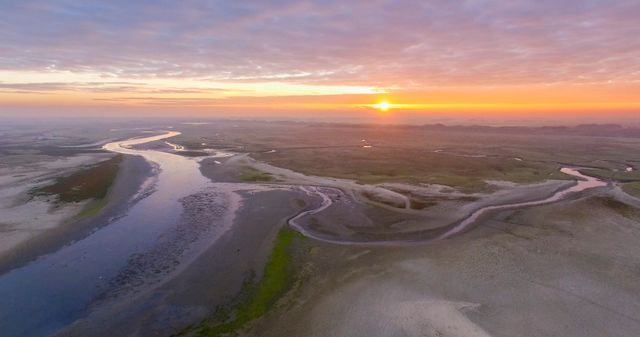
-
Taste of the Wadden
Taste of the Wadden

